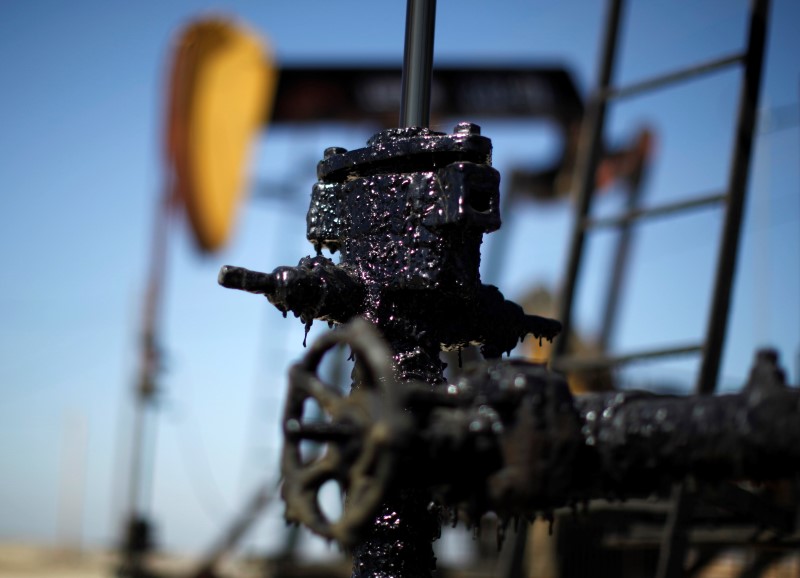By Peter Nurse
Investing.com -- Crude oil prices edged higher Tuesday, stabilizing after Monday’s fall on optimism the global demand recovery will overshadow a resurgence in Covid-19 cases.
By 9:35 AM ET (1335 GMT), U.S. crude futures traded 0.2% higher at $72.03 a barrel, while the Brent contract rose 0.2% to $73.81.
U.S. Gasoline RBOB Futures were up 1.1% at $2.3022 a gallon.
New Covid-19 cases have been rising in a number of countries, particularly in France, Germany and Italy, and most importantly they hit their highest since March in the U.S. at over 88,000 on Monday.
However, there have also been some positive signs regarding the virus as well, with the U.K. and the Netherlands again reporting sharp declines in new cases, while the infection curves in Spain and Portugal flattened further.
Crucially, demand for energy has remained strong in key energy consumers such as the U.S., and China has helped to drain stockpiles that built up during the pandemic.
In fact, the Texas power grid operator on Monday forecast demand would reach a record high over the next week as homes and businesses seek the cool provided by air conditioners with a heatwave settling over the state, the second most populous in the U.S..
Later in the session the American Petroleum Institute will release its latest estimate of U.S. crude oil stockpiles, after stocks increased last week for the first time since the middle of May.
Away from the issues surrounding Covid, and with the Organization of the Petroleum Exporting Countries and their allies having decided upon supply levels for the foreseeable future, the major issue affecting the market is likely to be the issue of Iranian supply.
The election of a new hard-line Iranian president has lessened market expectations of an immediate nuclear deal which could result in the additional supply of Iranian crude into the global market.
“Noise around the nuclear deal has quietened down more recently, and we will have to wait until the new Iranian president takes office in August before indirect talks resume,” said analysts at ING, in a note.
“We will continue to assume Iranian oil supply at 3MMbbls/d by the end of this year, however, will revisit this forecast once talks resume.”
